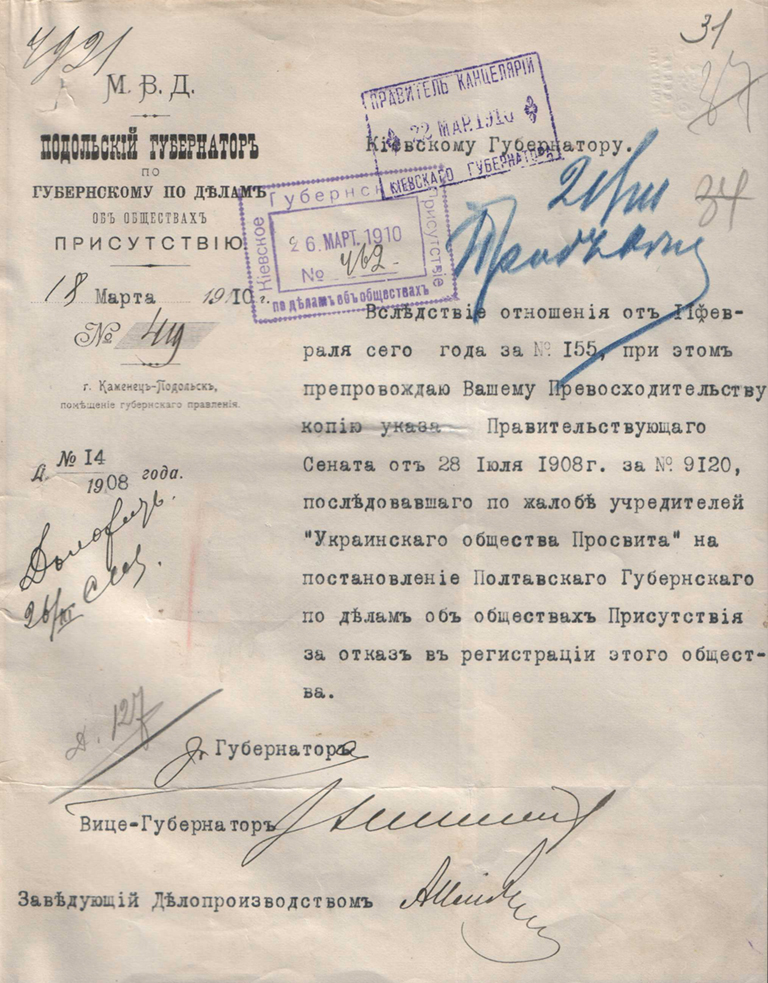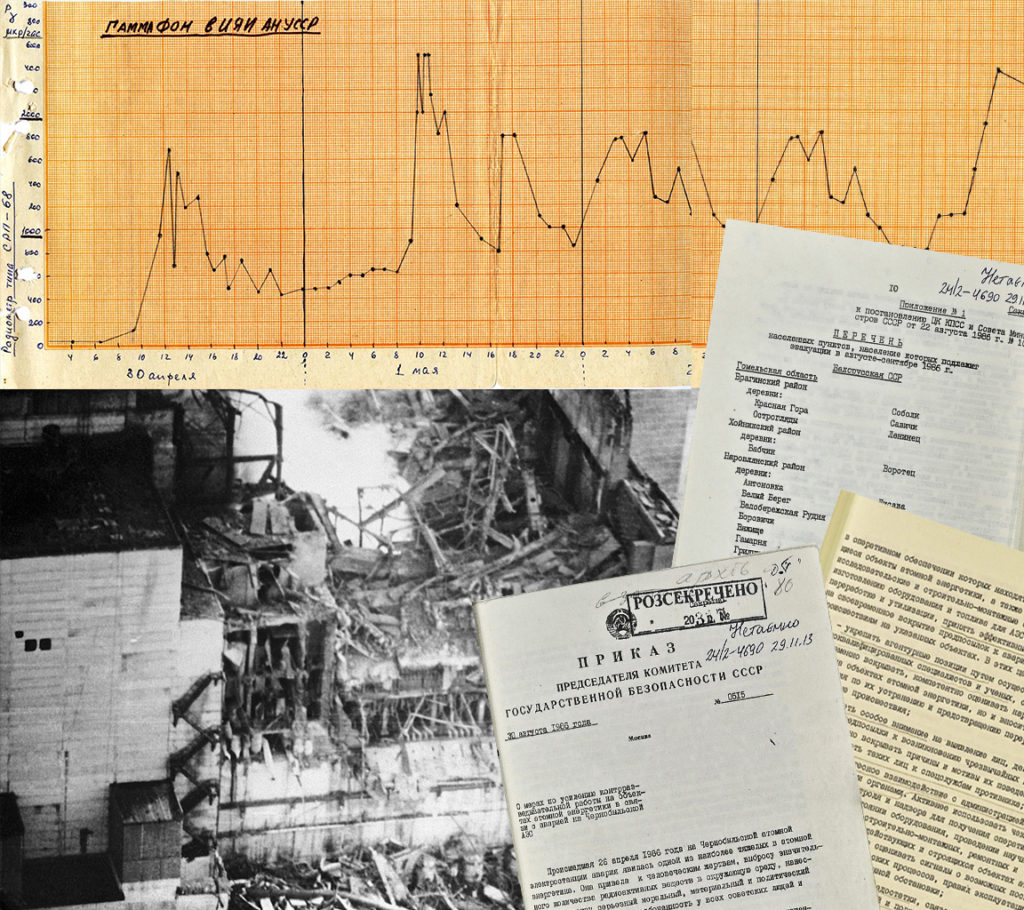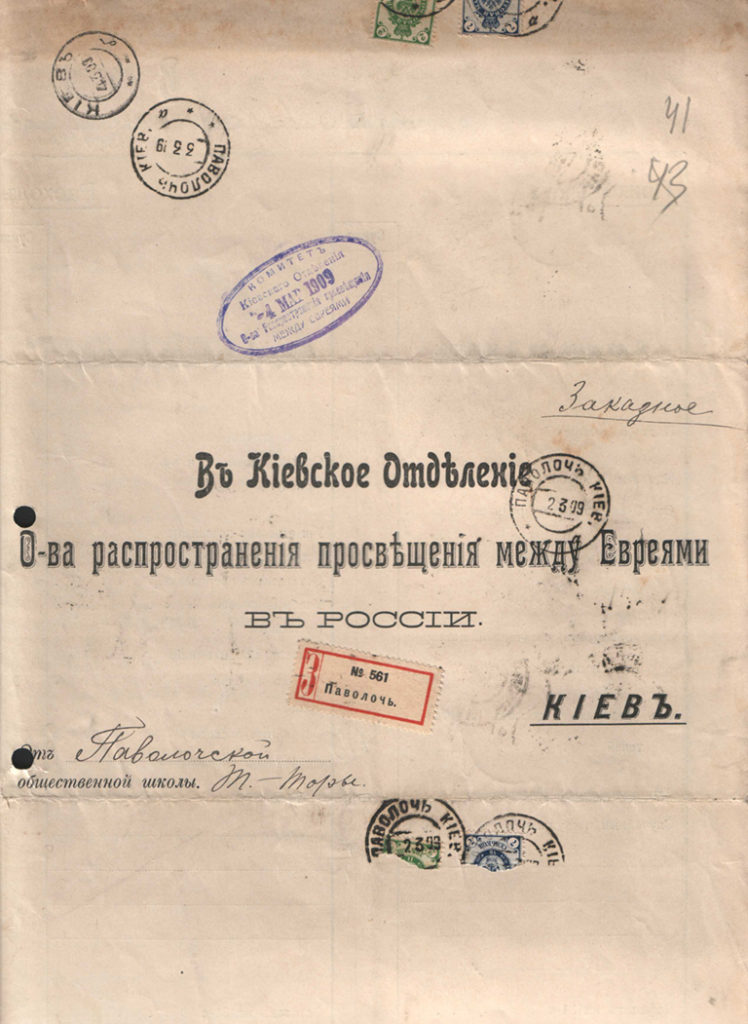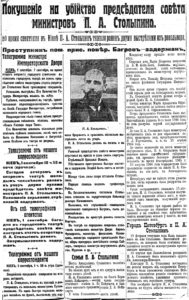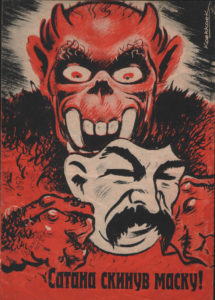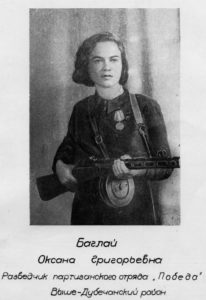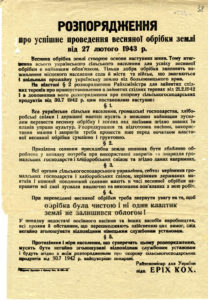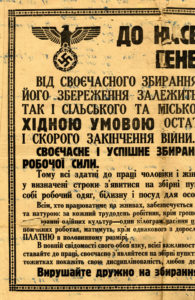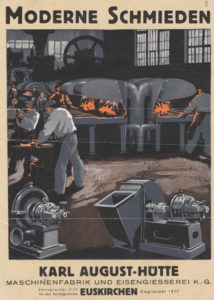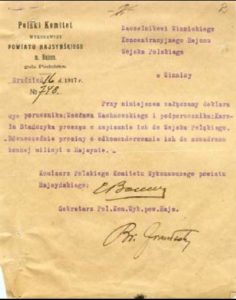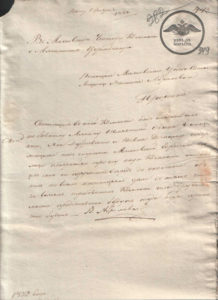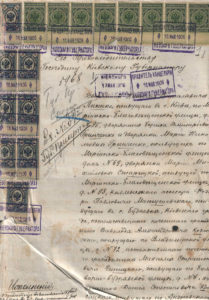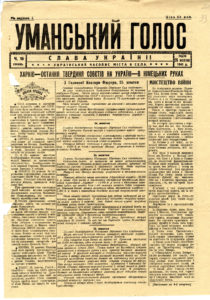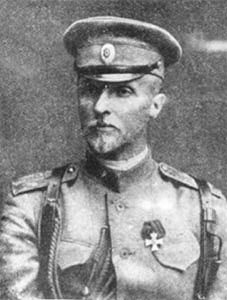East View Research Collections
Ukrainian Studies
East View produces a variety of valuable collections for researchers and graduate-level students in Ukrainian studies. Covering the period from 1830 to 1945, the collections include primary source documents on uprisings against the Russian Empire; the Prosvita Society (a pro-Ukrainian cultural organization); the Stolypin assassination; the short-lived government and secret police of Hetman Skoropadsky; Ukraine under Nazi occupation; and more. Collections are available online, in full-image, text-searchable files, providing researchers with convenient access to rare, primary source materials. See below for detailed collection descriptions; please inquire for pricing and availability.
